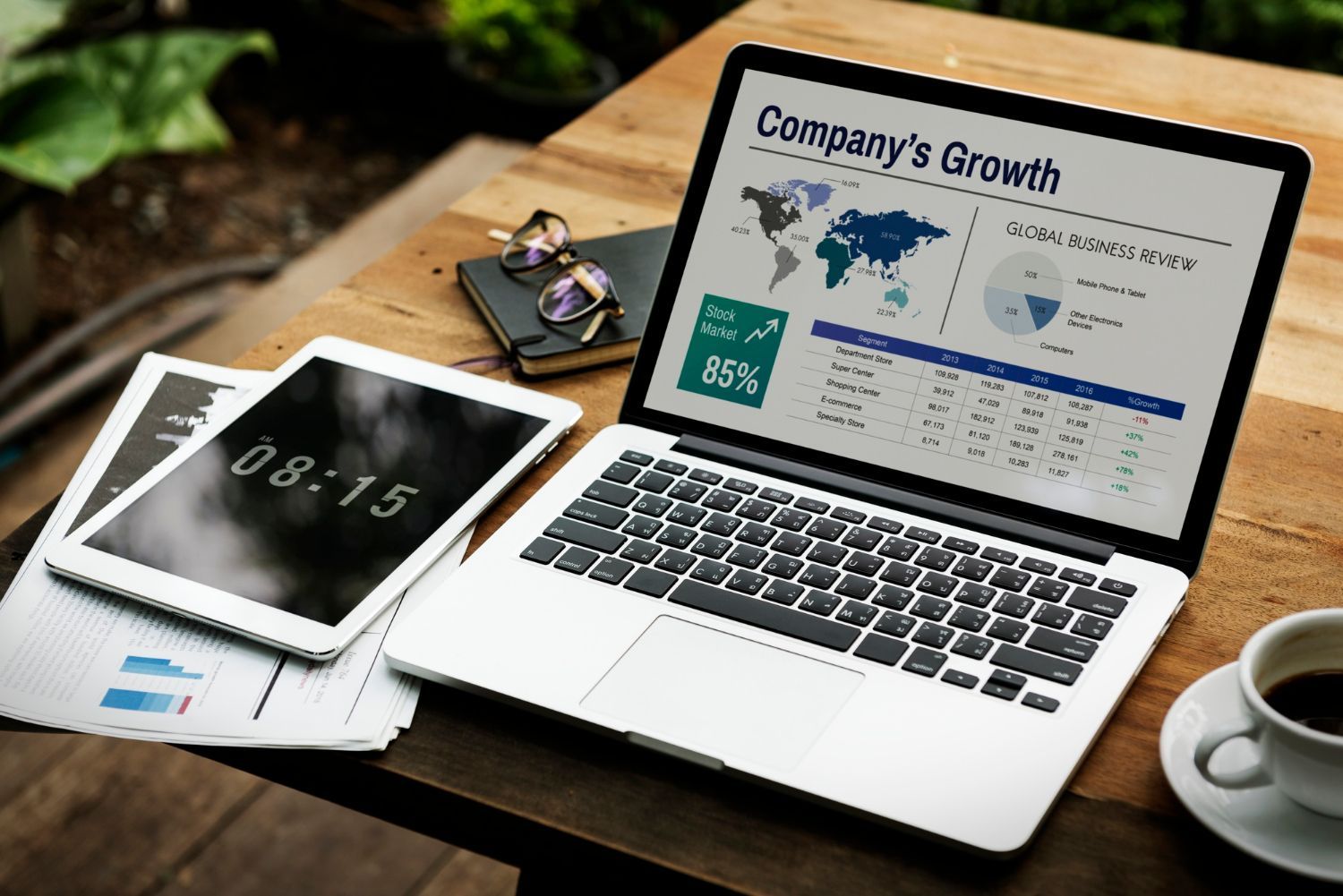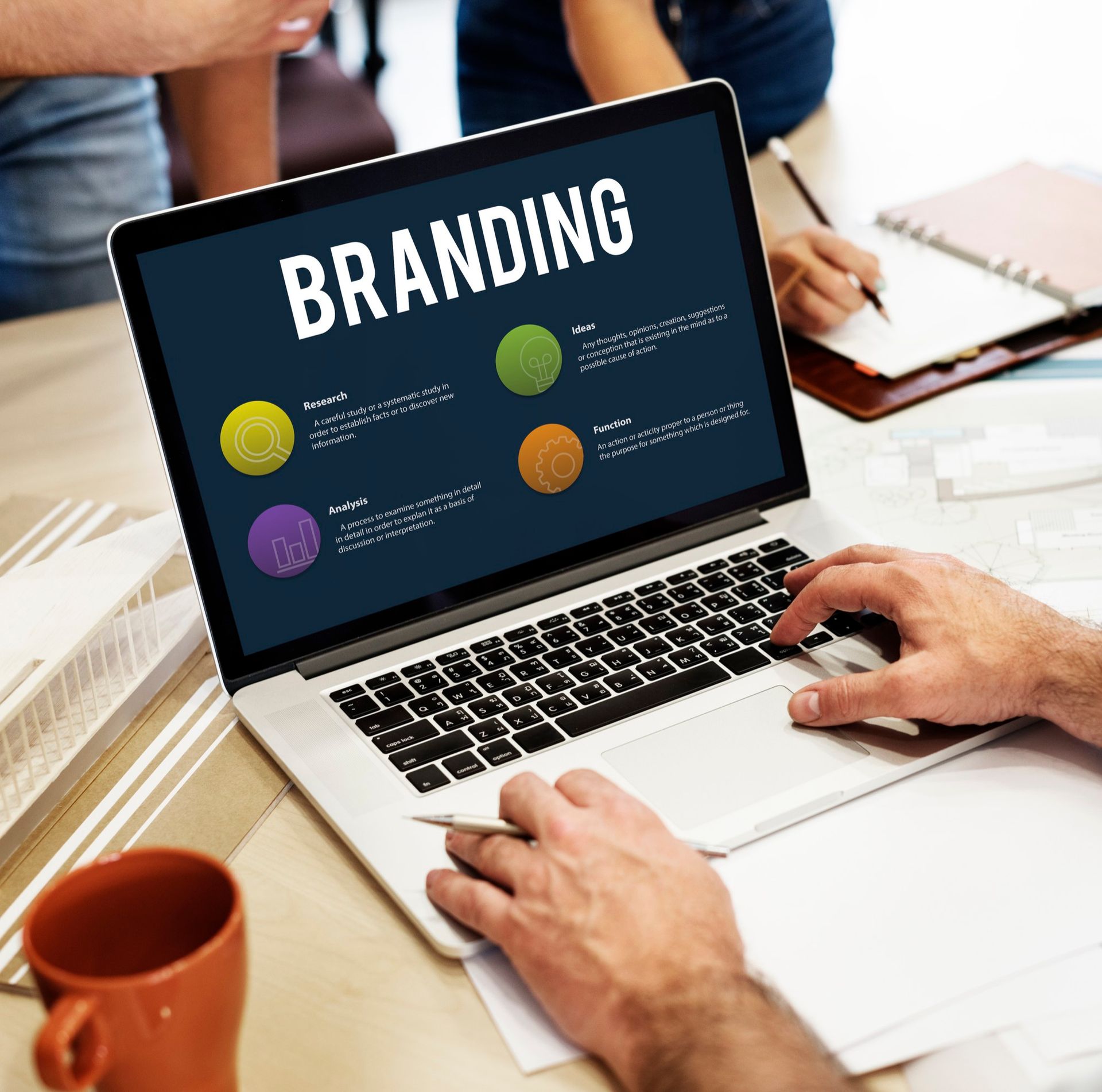Maximising Impact: Navigating the World of Paid and Unpaid Advertising
1. Introduction
The Dual Forces Shaping Modern Advertising
In today's digital age, the landscape of advertising has evolved into a complex interplay between paid and unpaid strategies. Each method offers distinct advantages and challenges, serving different but complementary roles in a comprehensive marketing strategy. This blog aims to dissect these two primary forms of advertising, shedding light on their inherent value and how they can be effectively leveraged for brand growth and visibility.
2. Understanding Paid Advertising
The Pillars of Paid Advertising
Paid advertising encompasses a broad range of strategies where payment is exchanged for the placement of ads with the explicit intention of driving traffic and increasing visibility. This includes, but is not limited to, pay-per-click (PPC) advertising, display ads, social media ads, and sponsored content. The core advantage of paid advertising is its ability to quickly scale visibility and reach a precisely targeted audience.
Benefits of Paid Advertising
- Immediate Visibility and Traffic: Paid ads are often visible immediately and can generate traffic quickly.
- Targeting Capabilities: Advertisers can target users based on demographics, interests, behaviour, and more, making campaigns highly effective.
- Measurable Results: With detailed analytics, advertisers can measure ROI accurately and adjust strategies in real-time.
Drawbacks of Paid Advertising
- Cost: The cost can be prohibitive for small businesses or startups with limited budgets.
- Diminishing Returns: Over Reliance on paid advertising can lead to diminishing returns, especially if not coupled with solid organic growth strategies.
- Ad Blindness: Consumers may ignore ads or use ad blockers, reducing effectiveness.

3. Exploring Unpaid Advertising
`The Essence of Unpaid Advertising
Unpaid advertising, often referred to as organic advertising, relies on non-paid strategies to generate visibility and engagement. This includes search engine optimization (SEO), content marketing, social media engagement, and word-of-mouth marketing. Unpaid advertising is characterised by its ability to build long-term brand credibility and organic growth.
Benefits of Unpaid Advertising
- Cost-Effectiveness: It requires no direct payment for ad placement, making it accessible to businesses of all sizes.
- Sustainable Growth: Builds lasting brand authority and organic audience growth.
- High Trust and Credibility: Consumers often view unpaid advertising channels as more trustworthy than paid advertisements
.
Drawbacks of Unpaid Advertising
- Time-Consuming: It requires time to see significant results, especially in SEO and content marketing.
- Less Control: Marketers have less control over the pace and scale of visibility compared to paid advertising.
- Skill-Intensive: Effective unpaid advertising strategies often require specialised skills, such as content creation and SEO.
4. The Synergy Between Paid and Unpaid Advertising
Integrating Strategies for Maximum Impact
The most effective advertising strategies often involve a blend of both paid and unpaid elements. Paid advertising can provide a quick boost in visibility and help establish a foothold in new markets, while unpaid advertising works to build and maintain long-term growth and customer loyalty.
5. Challenges in Balancing Paid and Unpaid Advertising
Navigating Budget Constraints and ROI
One of the primary challenges businesses face is allocating budget effectively between paid and unpaid advertising strategies to maximise ROI. Small businesses, in particular, may struggle to find the right balance, as they must judiciously manage limited resources while trying to achieve sustainable growth.
Keeping Up with Changing Algorithms and Trends
Both paid and unpaid advertising landscapes are in constant flux, with search engines and social media platforms frequently updating their algorithms. Staying abreast of these changes and adapting strategies accordingly can be time-consuming and requires a keen understanding of digital marketing trends.
Ensuring Consistency and Brand Integrity
Maintaining a consistent brand message across both paid and unpaid channels can be challenging but is crucial for building trust and recognition. Diverging messages or quality between paid ads and organic content can lead to confusion and dilute brand integrity.
6. Measuring Success in Paid and Unpaid Advertising
Key Performance Indicators (KPIs)
Success in advertising is not just about driving sales but also about building brand awareness, engagement, and loyalty. KPIs for paid advertising might include click-through rates (CTR), conversion rates, and cost per acquisition (CPA). For unpaid advertising, metrics such as organic traffic growth, search engine rankings, and social media engagement levels are critical.
The Importance of Analytics and Feedback Loops
Effective use of analytics tools is essential for measuring the success of both paid and unpaid advertising efforts. These tools can provide insights into user behaviour, campaign performance, and areas for optimization. Establishing feedback loops where these insights inform future strategies is key to continuous improvement and achieving a higher ROI.
7. Trends Influencing Paid and Unpaid Advertising Strategies
Rise of Social Media and Influencer Marketing
The growing influence of social media platforms and influencers has blurred the lines between paid and unpaid advertising. Influencer partnerships, for example, can be seen as both a paid strategy (when compensating the influencer) and an unpaid one (when organic content is shared by the influencer's followers).
Increasing Use of AI and Machine Learning
AI and machine learning technologies are becoming increasingly sophisticated, offering new ways to optimise both paid and unpaid advertising strategies. From automated bidding strategies for PPC campaigns to AI-driven content personalization for organic engagement, these technologies are shaping the future of advertising.
Privacy Regulations and Data Protection
With the introduction of stricter privacy regulations like GDPR and CCPA, advertisers must navigate the complexities of data collection and usage. This has implications for targeted advertising and personalization, affecting both paid and unpaid strategies.
Get In Touch today to start the process of building your new website.
07917 102 824 | web.igniteinfo@gmail.com
Get In Touch.
Leave your details below and we'll get in touch as soon as possible.
Get In Touch










